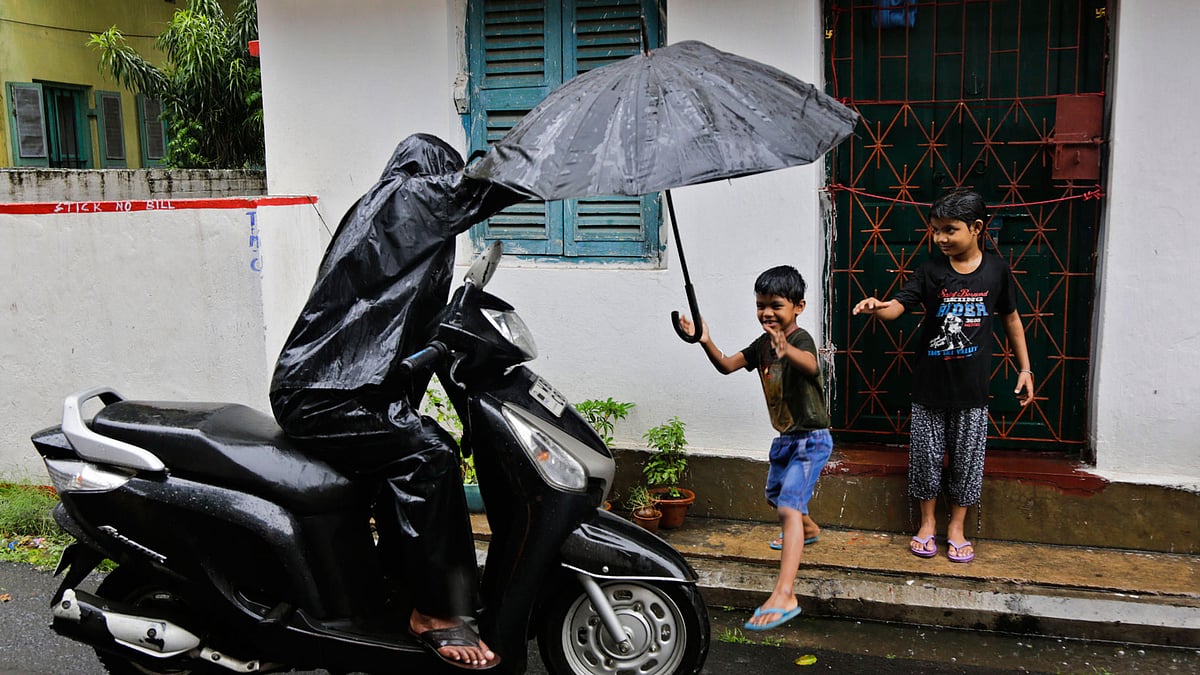India’s 90-year-old Met Dept to Spend $60 M on a Tech Makeover
The department will obtain a supercomputer that works ten times faster than the existing one.

advertisement
India’s monsoon forecasting is getting a high-tech makeover.
Jettisoning a statistical method introduced under British colonial rule in the 1920s, the meteorology office is spending $60 million on a new supercomputer to improve the accuracy of one of the world’s most vital weather forecasts in time for next year’s rains.
The new system, based on a US model tweaked for India, requires immense computing power to generate three-dimensional models to help predict how the monsoon is likely to develop.
This would be a major boon for a country already either the world’s biggest or second-biggest producer and consumer of rice, wheat, sugar and cotton.
Many areas receive more than 70 percent of their annual rains during the monsoon and plentiful rains means more money in rural communities, sustaining some 600 million people and boosting demand for an array of goods and services.
Now, about 5,000 India Meteorological Department (IMD) employees gather data, obtained from radar, observatories, ships, sensors and satellites, for the weather office, where staff peer at computer screens flickering with charts, graphs and multi-coloured maps of India.
In 2015, the IMD accurately forecast a second straight drought year, in contrast to predictions of bountiful rains by Sky met, India’s only private forecaster.
But the weather office failed to foresee the worst drought in nearly four decades in 2009 and, as this year’s monsoon starts, farmers hope its forecast of above-average rains will be right.
Melting Snow
Rajeevan declined to name the companies the bureau was talking to obtain the new supercomputer, but said it would be 10 times faster than the existing one.
The existing model uses historical relationships between rainfall and six to eight predictors such as sea-surface temperatures and southeasterly winds over the Indian ocean.
Because of India’s size, one national forecast is of little help to farmers spread across diverse climatic zones.
Back in 1886 , it relied on melting snow in the Himalayas to predict rains. Early forecasters also observed plants and animals, consulted almanacs and invoked Lord Indra, the rain God of Hindus.
(At The Quint, we question everything. Play an active role in shaping our journalism by becoming a member today.)